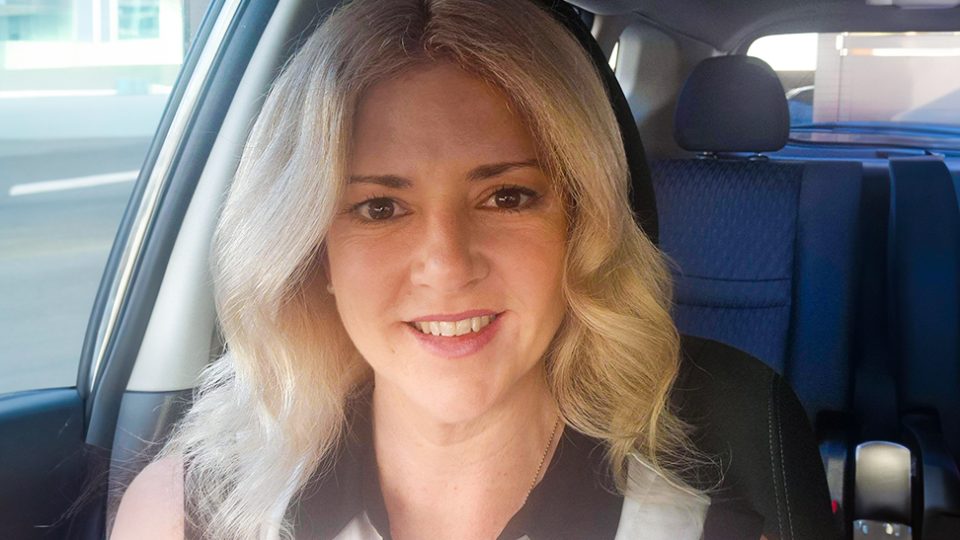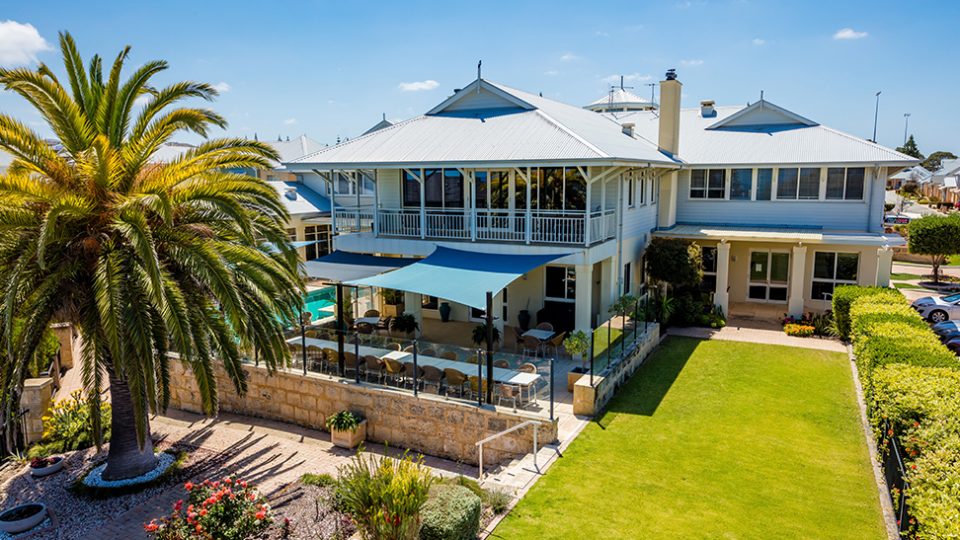How our Houses of Hope program helped a mother and her young son avoid homelessness
- 17 Nov 2023

People seeking asylum are some of the most vulnerable people in our society. They may have fled their homeland to escape war, conflict, persecution and/or human rights violations, experiencing great trauma and emotional distress. Often they arrive in countries like Australia with little more than the clothes on their back as they await the outcome of their claim for asylum, which can take years to process.
Many people seeking asylum experience profound poverty and without a steady income to pay housing costs (many are prevented from working due to visa restrictions and cannot access Centrelink benefits) and no family or support networks to fall back on, can fall victim to homelessness.
Read our story about how Baptcare’s Houses of Hope program stepped in to prevent Kadira and her infant son from falling into homelessness and provided essential support while they found their way to greater independence and freedom.
Only months after arriving in Australia and engaging in the legal process to seek asylum, Kadira* and her young child, Saabir* were at imminent risk of becoming homeless after a relationship breakdown with the extended family who had been supporting them.
When they first moved into our Houses of Hope program, Kadira explained with support from an interpreter that she had not slept for almost a week. She was concerned for her teenaged children who remained in her home country and her young son who accompanied her to Australia, who had recently not been eating.
While she was receiving a small payment from the government, it did not allow her to pay rent and support the needs of herself and her child in private rental, and she knew that this payment was likely to end once her child started school. She was very keen to find employment, but while caring for a young child, finding her feet in a new country and with low English language skills, employment was out of reach.
For the weeks and months that followed, our caseworker supported Kadira and Saabir as they settled into their new home and community. This included finding services that could help them to take care of their essential needs, working through the steps to make early childhood services accessible and collaborating with other services to ensure access to health care, recreational activities and an English language program for Kadira.
Counselling services were arranged for Kadira to manage the effects of the trauma she had experienced in her home country, and the ongoing anxiety and depression she lives with while separated from her other children. Access to recreational options through referral for gym memberships and events supported by Baptcare volunteers enriched her life with her child. Volunteers drew alongside to give social and parenting support, playing and reading together with Saabir.
Since that time, Kadira has worked hard on her English language skills, with a volunteer visiting her at home for lessons, and joined a program supporting women with similar shared experiences. She found casual unskilled work and gained a certificate to allow her to work in aged care. Through the social support networks that she developed over this time, an opportunity arose for her to find work in another part of Melbourne and to find a home where she and her child could settle.
While still waiting for determination of her claim for asylum, she moved on from Baptcare expressing profound gratitude for the safety and stability we provided to her and Saabir, at a time they needed it so desperately, and how this had afforded her the time and support to become more independent.
If you would like to donate to Baptcare and help support people seeking asylum with safe, affordable housing and associated services, please click here.
*Names changed and stock image used for privacy reasons.
Community news
-

Staff Spotlight: Annabelle Hancock
Meet Annabelle Hancock, Statewide Carer Support Liaison Officer for the Foster and Kinship care team based in Tasmania.
- 06 Jan 2026
-

Staff spotlight: Alicia Johnston
We are very proud of our talented and dynamic workforce and enjoy following their professional work journeys. Roles aren’t static at Baptcare. There is flexibility to grow and develop into different areas, such as Alicia Johnston’s experience.
- 06 Jan 2026
-

BaptistCare to acquire Keyton’s Western Australian retirement village portfolio
BaptistCare is pleased to announce that we have entered into an agreement to acquire Keyton’s portfolio of retirement villages in WA.
- 13 Nov 2025
